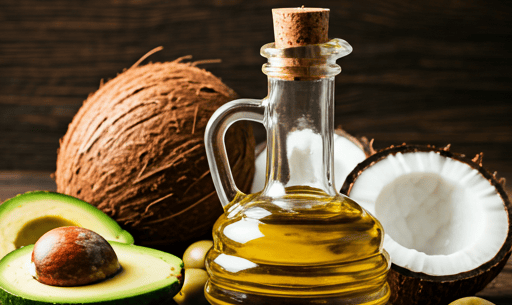Mimicking Animal Fat: Unilever's Latest Innovation in Plant-Based Products
SUSTAINABILITYALTERNATIVE PROTEINS


As global concerns over climate change and resource scarcity grow, the food industry is racing to innovate. One key challenge lies in creating plant-based meat analogues that closely mimic the taste, texture, and appearance of traditional meat. Unilever’s recent patent application offers a solution: a shaped lipid food composition that serves as an exceptional animal fat tissue analogue.
Why Mimicking Animal Fat Matters
Fat is a crucial component of meat. Beyond its nutritional benefits, it imparts essential sensory attributes such as:
Appearance: The marbled look of fat in meat is highly appealing.
Texture and Mouthfeel: Fat adds juiciness and richness to the eating experience.
Cooking Behavior: Animal fat browns, retains shape, and enhances flavor during cooking.
Replicating these attributes using plant-based ingredients has proven difficult. Traditional approaches often fall short in texture, elasticity, and thermal stability. The lack of suitable plant-based structuring agents further limits progress.
Unilever’s Innovative Lipid Food Composition
Unilever’s patent addresses these challenges with a shaped lipid food composition that closely resembles animal fat tissue. The composition achieves the desired appearance, elasticity, and frying behavior, making it ideal for meat analogues. Key features of the lipid food composition include:
Primary Ingredients:
Non-Animal Triglycerides (15-99%): Derived from plant oils, they form the lipid base.
Cellulose Microfibrils (0.1-6%): These act as structurants, providing elasticity and firmness.
Optional Proteins and Emulsifiers: Thermally gelling non-animal proteins and emulsifiers improve stability and functionality.
Elastic Compression Modulus:
The composition boasts an elasticity greater than 9 kPa, ensuring a firm yet elastic texture that mimics animal fat.
Homogeneous Structure:
The composition’s ultra-fine distribution of cellulose microfibrils ensures uniformity, measured by the Composition Homogeneity Parameter (CHP) of at least 0.06.
How It’s Made
Unilever’s method for preparing the shaped lipid food composition involves:
Aqueous Dispersion of Cellulose Microfibrils:
High-shear treatment creates a fine dispersion of cellulose microfibrils in water.
Emulsion Formation:
The cellulose dispersion is combined with non-animal triglycerides and optionally with thermally gelling proteins or emulsifiers.
Cooling:
The emulsion is cooled to form a solid-like structure resembling animal fat.
Applications in Food Products
This innovation is versatile, extending beyond meat analogues to a wide range of food products, including:
Soups, Sauces, and Spreads: Adds texture and richness.
Snacks and Frozen Desserts: Enhances mouthfeel and stability.
Powdered Foods: Serves as a convenient way to incorporate liquid oils.
In meat analogues, the lipid composition replicates fat’s sensory and cooking properties, ensuring a closer match to real meat. It provides opacity, shape retention during frying, and the characteristic browning effect, making plant-based meat products more appealing to consumers.
Potential Market Impact
By addressing critical sensory and functional gaps in meat analogues, this innovation has the potential to:
Enhance consumer acceptance of plant-based products.
Accelerate the shift toward sustainable protein sources.
Expand applications of structured plant-based fats across the food industry.
By mimicking the intricate structure and behavior of animal fat, this innovation brings plant-based meat closer to perfection, satisfying consumer expectations while addressing global challenges.
